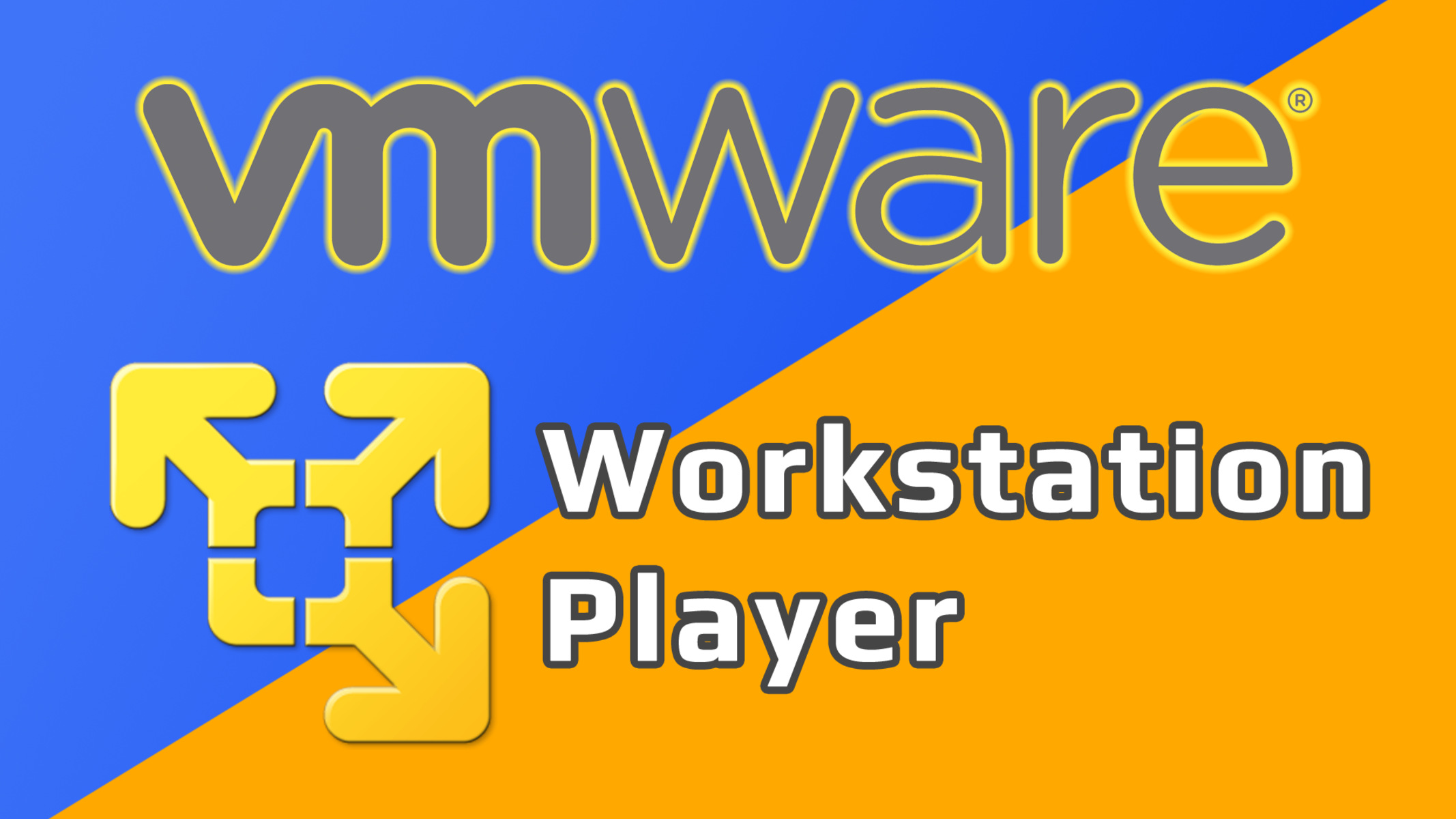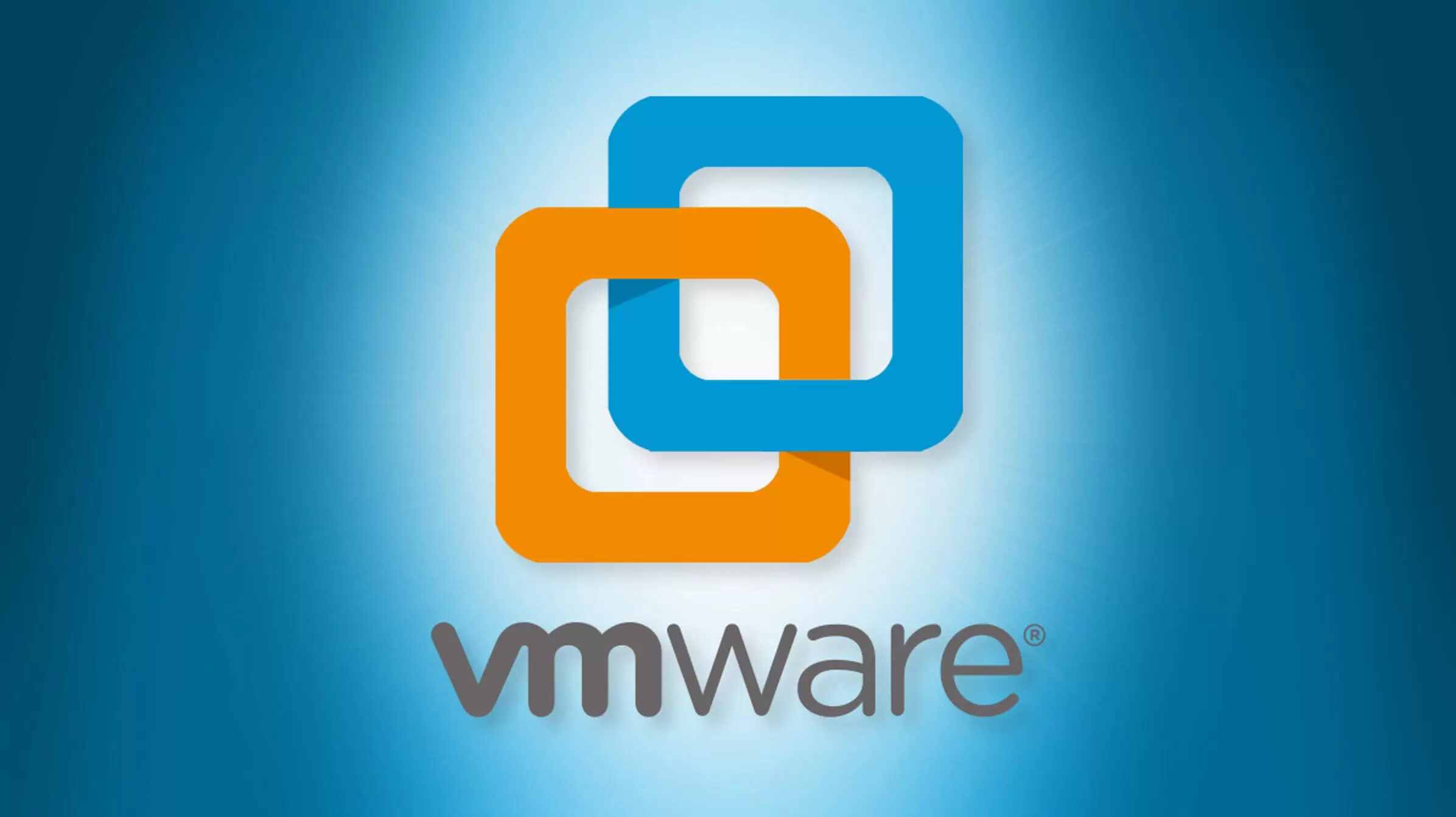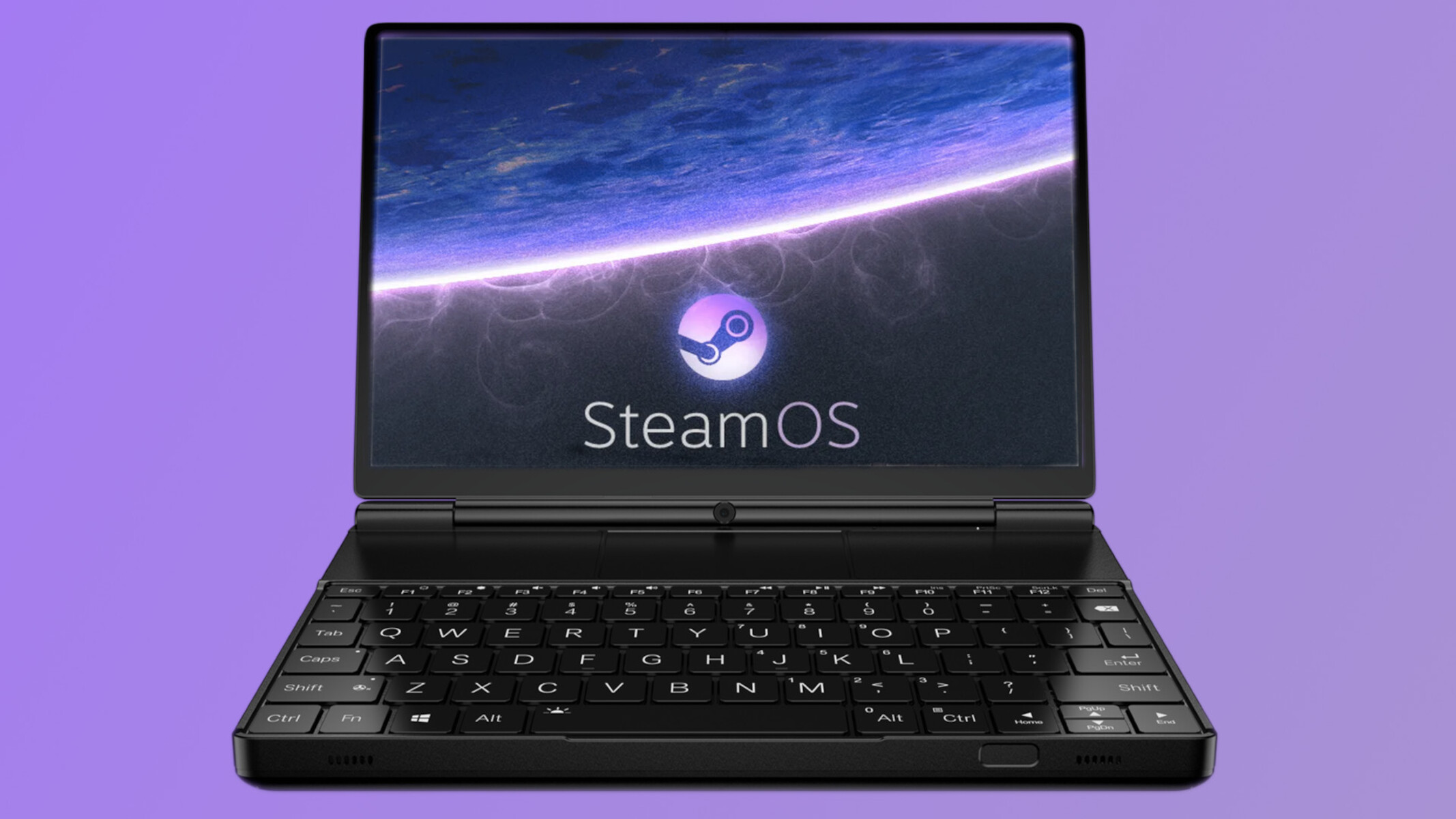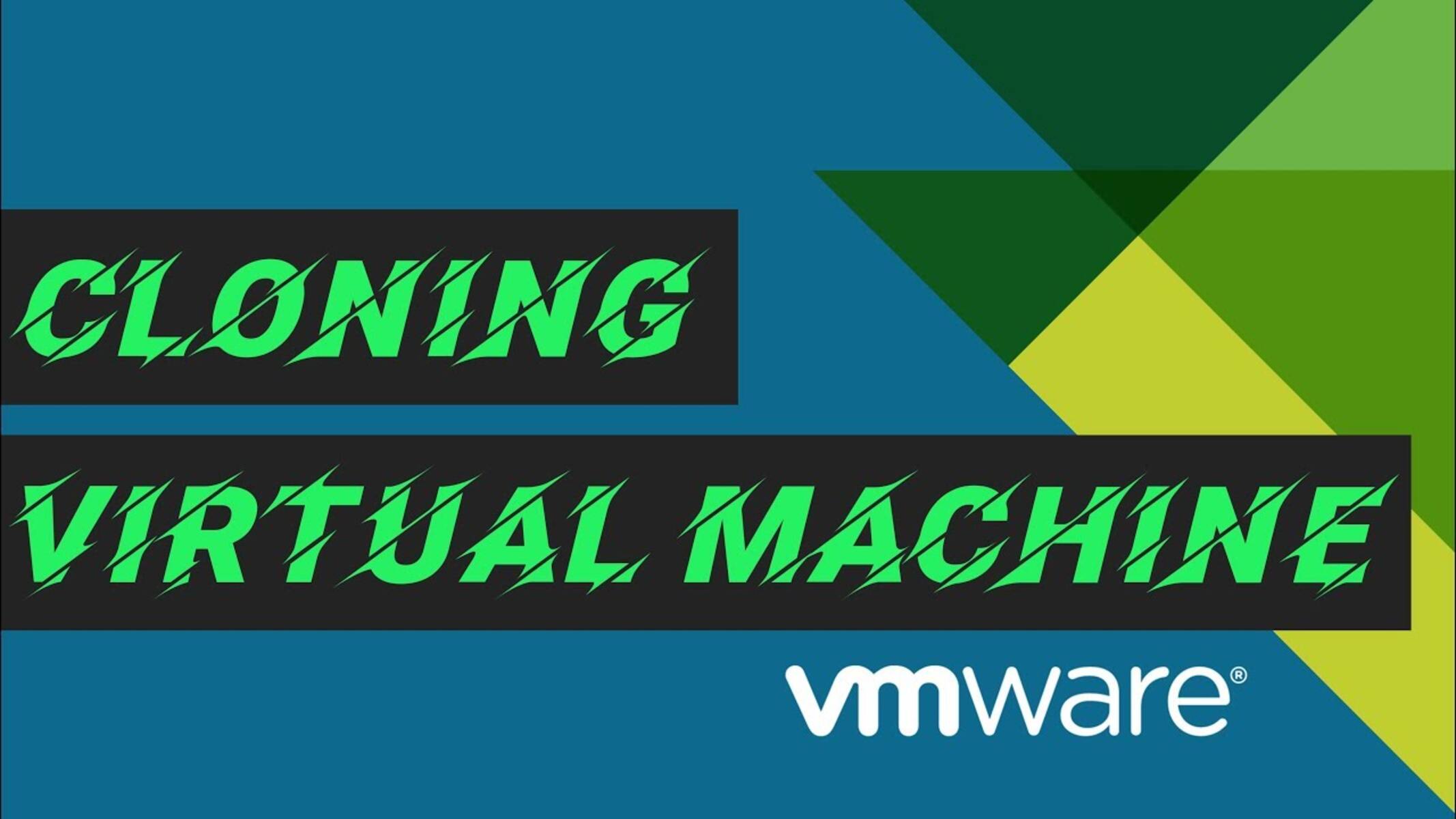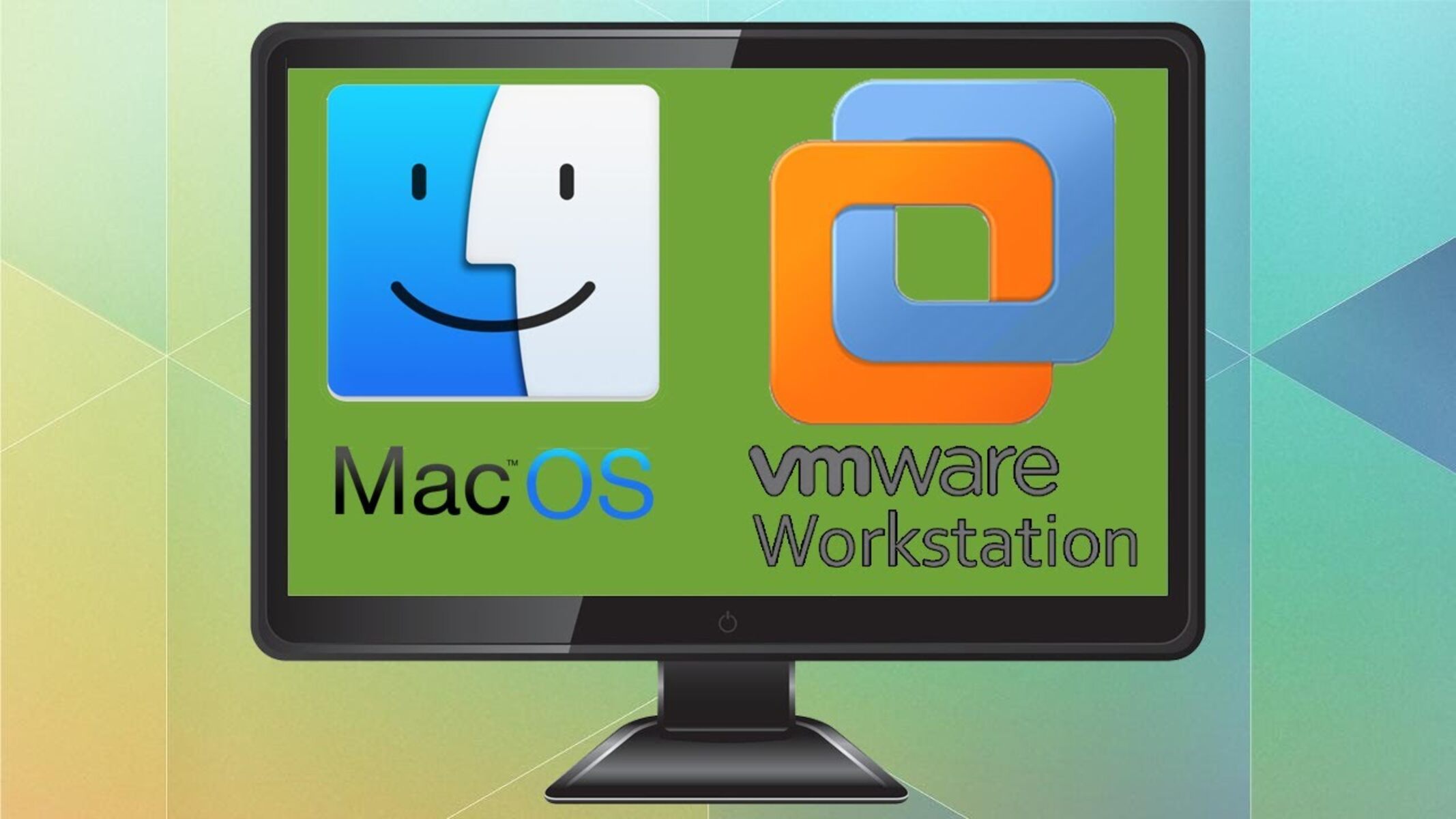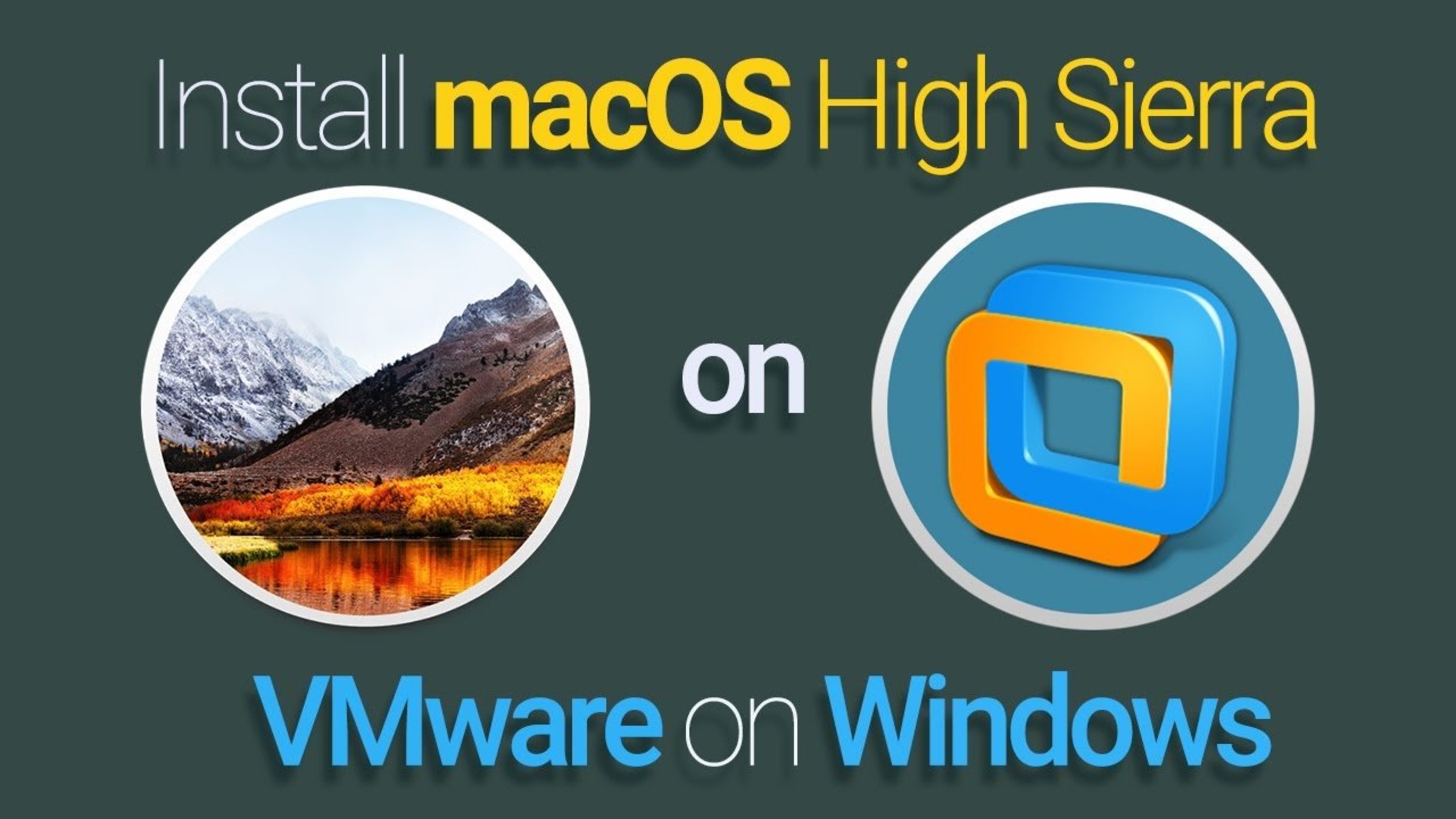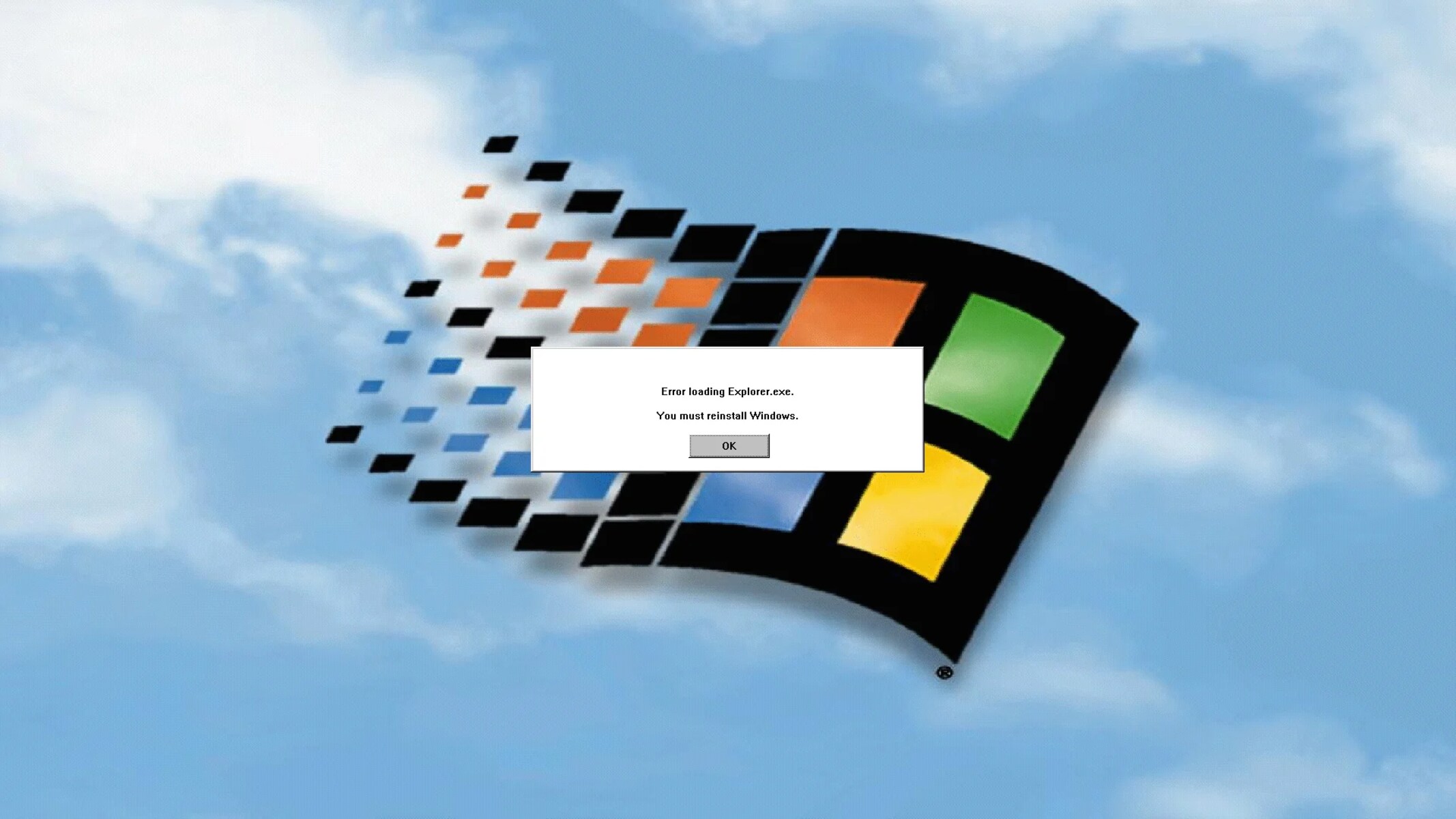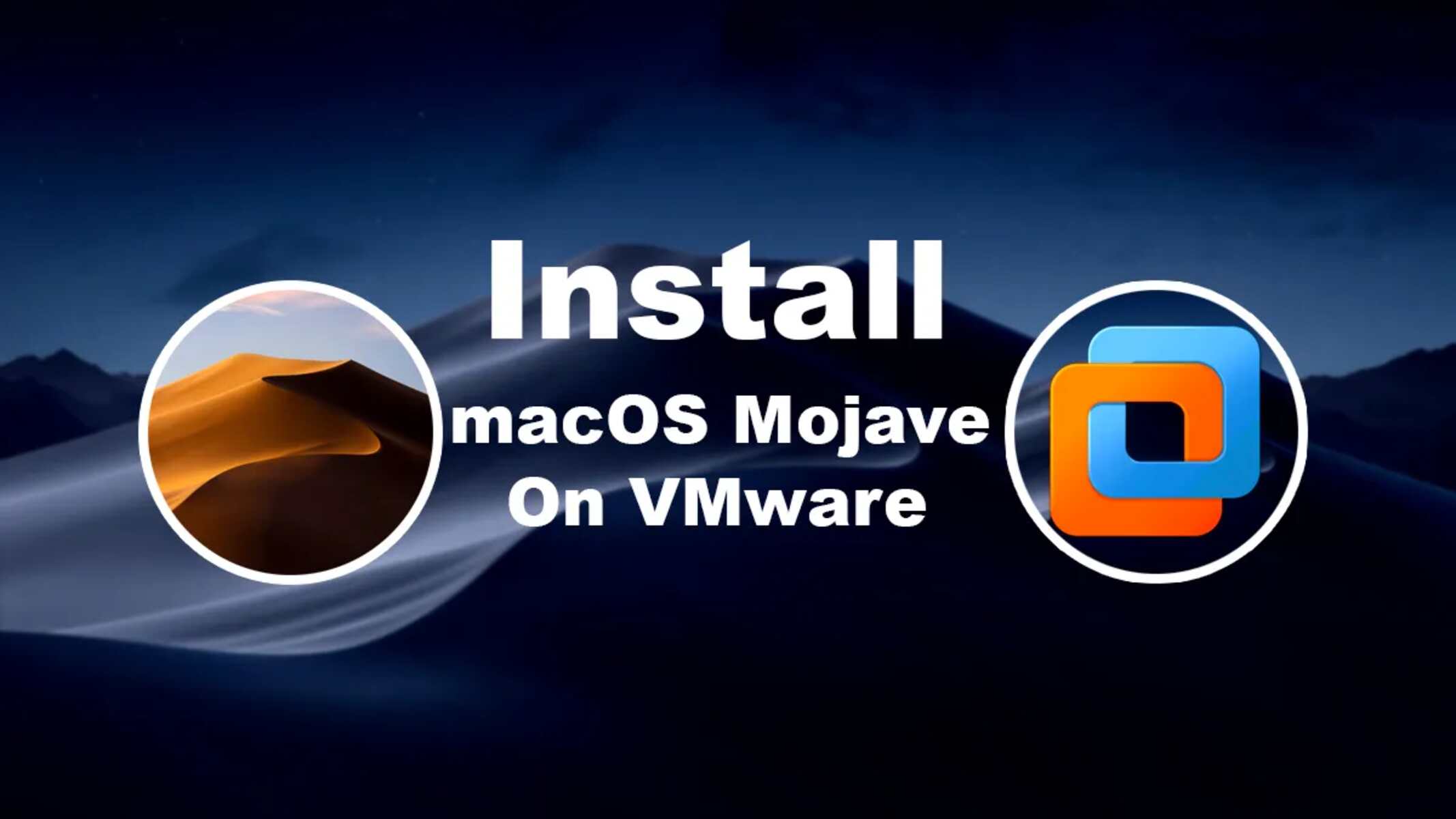Introduction
Creating a virtual machine (VM) can be a valuable tool for various purposes, such as testing new software or operating systems, simulating different environments, or isolating specific tasks. VMware Workstation 12 Player is a leading virtualization solution that allows users to run multiple operating systems on a single machine.
In this tutorial, we will guide you through the process of creating a virtual machine using VMware Workstation 12 Player. Whether you are a beginner or have some experience with virtualization, this step-by-step guide will provide you with the necessary instructions to set up your own virtual machine.
Before we begin, it is important to note that VMware Workstation 12 Player is available for both Windows and Linux operating systems. Please ensure that you have downloaded and installed the appropriate version for your system.
Throughout this tutorial, we will cover various aspects of creating and configuring your virtual machine. We will start by installing VMware Workstation 12 Player, followed by creating a new virtual machine. Then, we will guide you through the process of configuring virtual machine settings, installing an operating system, and installing VMware tools to enhance the virtual machine’s functionality.
We will also cover network configuration for your virtual machine and introduce you to managing snapshots, which can be a useful feature for capturing specific states of your virtual machine.
By the end of this tutorial, you will have a clear understanding of how to create a virtual machine using VMware Workstation 12 Player and be equipped with the knowledge to utilize virtualization for your specific needs.
Step 1: Installing VMware Workstation 12 Player
The first step in creating a virtual machine using VMware Workstation 12 Player is to install the software on your computer. Follow these simple steps to get started:
- Download VMware Workstation 12 Player from the official VMware website. Make sure to choose the correct version for your operating system.
- Once the download is complete, locate the setup file and double-click on it to start the installation process.
- Follow the on-screen instructions to complete the installation. You may be prompted to agree to the license agreement, select the installation location, and choose additional components. Make the appropriate selections based on your preferences.
- After the installation is complete, launch VMware Workstation 12 Player from the desktop or the Start menu.
- On the Welcome screen, you may be prompted to enter a license key. If you have a license key, enter it in the designated field. Otherwise, select the option to use VMware Workstation 12 Player for personal use, which is free.
- Once the licensing is sorted, you are now ready to start creating your virtual machine.
It is worth mentioning that VMware Workstation 12 Player is a powerful virtualization tool that offers a wide range of features and capabilities. It allows you to run multiple operating systems simultaneously, clone existing virtual machines, and easily share virtual machines with others. Additionally, it provides a user-friendly interface that makes the virtual machine creation process straightforward, even for those who are new to virtualization.
With VMware Workstation 12 Player successfully installed on your computer, you can now move on to the next step of creating a new virtual machine.
Step 2: Creating a New Virtual Machine
Once you have installed VMware Workstation 12 Player, the next step is to create a new virtual machine. Follow these steps to get started:
- Launch VMware Workstation 12 Player and click on the “Create a New Virtual Machine” option on the home screen.
- In the New Virtual Machine Wizard, select the “Typical (recommended)” configuration and click “Next.” This option provides a simplified setup process for creating a virtual machine.
- Select the installation media for your virtual machine. You can choose to install an operating system from a physical disc or an ISO image file. Click “Next” once you have made your selection.
- Specify the operating system you want to install on the virtual machine. Choose the appropriate version and click “Next.” If the operating system is not listed, select “I will install the operating system later.”
- Choose a name and location for your virtual machine. It is recommended to use a descriptive name that reflects the purpose or operating system of the virtual machine. Select the location where you want to store the virtual machine files and click “Next.”
- Specify the disk capacity for your virtual machine. You can choose to allocate a fixed amount of disk space or use a dynamic allocation that grows as needed. Adjust the disk size as per your requirements and click “Next.”
- Review the summary of your virtual machine configuration and click “Finish” to create the virtual machine.
Once the virtual machine creation process is complete, you will see the newly created virtual machine listed in the VMware Workstation 12 Player interface. From here, you can easily power on, power off, and manage the virtual machine as needed.
Creating a new virtual machine using VMware Workstation 12 Player is a straightforward process that allows you to set up a virtual environment tailored to your specific needs. Whether you are testing software, experimenting with different configurations, or running multiple operating systems, VMware Workstation 12 Player provides the flexibility and ease of use to support your virtualization requirements.
With your new virtual machine created, it’s time to move on to the next step of configuring the virtual machine settings to optimize its performance and functionality.
Step 3: Configuring Virtual Machine Settings
Once you have created a new virtual machine using VMware Workstation 12 Player, it’s important to configure its settings to ensure optimal performance and functionality. Follow these steps to configure your virtual machine:
- Make sure the virtual machine is powered off. If it’s currently running, select the virtual machine in the VMware Workstation 12 Player interface and click on “Power Off” to shut it down.
- Select the virtual machine and click on the “Edit virtual machine settings” option.
- In the Virtual Machine Settings window, you can customize various aspects of the virtual machine, such as memory, CPU, disk, and network settings.
- Start by adjusting the memory allocation for your virtual machine. Under the “Hardware” tab, click on “Memory” and set the desired amount of memory. Ensure that you allocate enough memory to run the desired operating system and applications smoothly.
- Next, configure the virtual machine’s CPU settings. Click on “Processors” under the “Hardware” tab and adjust the number of processors and the number of cores as needed. This will determine the virtual machine’s processing power.
- Under the “Hardware” tab, you can also manage the virtual machine’s disk settings. You can add, remove, or resize virtual disks as per your requirements. Additionally, you can choose to use an existing virtual disk or create a new one.
- To configure network settings for your virtual machine, click on the “Network Adapter” option under the “Hardware” tab. Here, you can choose the network connection type, whether it’s bridged, NAT, or host-only. This will define how the virtual machine connects to the network.
- Once you have made the necessary changes to the virtual machine settings, click “OK” to save the configuration.
Configuring the virtual machine settings is crucial to ensure that it performs optimally and meets your specific requirements. Adjusting the memory, CPU, disk, and network settings allows you to allocate resources effectively and create a virtual environment that closely mirrors your desired configuration. This flexibility enables you to run applications, simulate different operating systems, and perform various tasks seamlessly within your virtual machine.
With the virtual machine settings configured, you are now ready to install an operating system on your virtual machine. The next step will guide you through the installation process, providing you with the necessary instructions to get your virtual machine up and running with your desired operating system.
Step 4: Installing an Operating System on the Virtual Machine
After configuring the virtual machine settings in VMware Workstation 12 Player, the next step is to install an operating system on the virtual machine. Follow these steps to get started:
- Ensure that you have the installation media ready for the operating system you want to install. This can be either a physical disc or an ISO image file.
- Start the virtual machine by selecting it in the VMware Workstation 12 Player interface and clicking on “Power On”.
- When the virtual machine powers on, it will detect the operating system installation media. Follow the prompts to boot from the desired installation media.
- The installation process will vary depending on the operating system you are installing. Follow the on-screen instructions to complete the installation, including selecting the installation language, accepting the license agreement, specifying the installation location, and creating user accounts.
- Once the installation is complete, the virtual machine will restart. You may be prompted to remove the installation media from the virtual machine.
- After the virtual machine has restarted, log in to the operating system using the credentials you created during the installation process.
- Install any necessary drivers or software specific to the virtual machine by following the instructions provided by the operating system.
Installing an operating system on the virtual machine allows you to run a fully functional operating system environment within VMware Workstation 12 Player. This enables you to perform tasks, run software, and test applications as if you were using a physical machine.
Remember to allocate enough resources, such as memory and disk space, to the virtual machine to ensure that it runs smoothly and can handle the demands of the installed operating system and any applications you plan to use within it.
Now that you have installed an operating system on your virtual machine, the next step is to enhance its functionality by installing VMware Tools. This will enable advanced features, improve performance, and provide seamless integration between the virtual machine and your host operating system. The following step will guide you through the process.
Step 5: Installing VMware Tools on the Virtual Machine
After you have installed an operating system on your virtual machine in VMware Workstation 12 Player, it is recommended to install VMware Tools. VMware Tools is a suite of utilities that enhance the performance and functionality of the virtual machine. Follow these steps to install VMware Tools:
- Ensure that the virtual machine is powered on and logged in to the operating system.
- In the VMware Workstation 12 Player interface, go to the “VM” menu and select “Install VMware Tools”.
- A virtual CD/DVD drive will be added to the virtual machine, containing the VMware Tools installation package.
- Within the virtual machine’s operating system, open the CD/DVD drive and run the VMware Tools installer.
- Follow the prompts and accept the terms of the license agreement.
- Choose the installation options that best suit your needs. The default options are usually recommended.
- Complete the installation process and restart the virtual machine if prompted.
Installing VMware Tools provides several benefits for the virtual machine. It improves the overall performance and responsiveness, enables better graphics capabilities, and allows for seamless mouse and keyboard integration between the virtual machine and the host operating system.
Additionally, VMware Tools enables features such as drag-and-drop file transfer, easy sharing of folders and files between the virtual machine and the host system, and automatic adjustment of the virtual machine’s screen resolution.
By installing VMware Tools, you can enhance the functionality and user experience of your virtual machine, making it even more versatile and convenient to use.
With VMware Tools successfully installed on your virtual machine, the next step is to configure the network settings to ensure it can connect to the internet and other resources. The following step will guide you through the process of configuring network settings for your virtual machine.
Step 6: Configuring Network Settings for the Virtual Machine
Configuring the network settings for your virtual machine is crucial to ensure it can connect to the internet, access shared resources, and communicate with other devices on the network. Follow these steps to configure the network settings:
- Ensure that the virtual machine is powered off.
- In the VMware Workstation 12 Player interface, select the virtual machine and click on “Edit virtual machine settings”.
- Under the “Hardware” tab, click on “Network Adapter” to access the network settings.
- Choose the desired network connection type for your virtual machine:
- Bridged: This option allows the virtual machine to connect to the network as if it were a physical machine, using the host system’s network adapter. Select this option to have your virtual machine obtain an IP address from the network DHCP server.
- NAT (Network Address Translation): This option allows your virtual machine to access the network through the host system’s IP address. It provides internet connectivity for the virtual machine by sharing the host’s network connection.
- Host-Only: This option creates a private network between the virtual machine and the host system. The virtual machine can communicate with the host system and other virtual machines on the same host-only network, but it cannot access the external network.
- Custom: This option gives you more control over the network configuration. You can create a virtual network with specific settings, such as subnet masks and IP ranges.
- Choose the appropriate network connection type and configure any additional settings as required.
- Click “OK” to save the network settings.
Configuring the network settings correctly ensures that your virtual machine can connect to the internet and other resources on the network. Depending on your specific needs, you can choose the most appropriate network connection type to suit your virtual machine’s requirements.
With the network settings configured, your virtual machine is now ready to connect to the network and access the resources it needs. Whether you need internet access, file sharing capabilities, or communication with other devices on the network, VMware Workstation 12 Player provides the flexibility to meet your networking needs within the virtual environment.
With the network settings in place, you can now move on to the next step, which covers managing snapshots for your virtual machine. Snapshots allow you to capture specific states of your virtual machine for easy backup and restore. The following step will guide you through the process of managing snapshots.
Step 7: Managing Snapshots for the Virtual Machine
Managing snapshots is an essential feature of VMware Workstation 12 Player that allows you to capture specific states of your virtual machine at a particular point in time. This enables easy backup, restore, and experimentation without impacting the original configuration. Follow these steps to manage snapshots:
- Ensure that the virtual machine is powered off or in a powered-on state with the desired configuration.
- In the VMware Workstation 12 Player interface, select the virtual machine and click on “Snapshot” in the toolbar or go to the “VM” menu and select “Snapshot”.
- You can take a snapshot of the virtual machine by clicking on the “Take Snapshot” button.
- Provide a name and description for the snapshot to help you identify its purpose or state.
- Click “OK” to create the snapshot.
- Once the snapshot is created, it will appear in the snapshots pane of the virtual machine interface, along with the date and time it was taken.
- To revert to a snapshot, select the desired snapshot from the list and click on the “Go to” button. This will restore the virtual machine to the state captured by the snapshot.
- You can also delete a snapshot by selecting it and clicking on the “Delete” button. Deleting a snapshot removes it permanently.
- Repeat the process as needed to create multiple snapshots and revert to different states of the virtual machine.
Managing snapshots provides flexibility and protection for your virtual machine. It allows you to experiment with different configurations, try out new software or updates, and easily revert back to a known state if needed. Snapshots can also be used as a form of backup, enabling quick recovery in case of system errors or failures.
Keep in mind that snapshots consume disk space, so it’s important to manage them wisely. Regularly review and delete unnecessary snapshots to free up disk space and maintain optimal performance.
With the ability to manage snapshots efficiently, you can confidently explore and modify your virtual machine’s state without the fear of losing important configurations or data.
With the completion of the snapshot management process, you have successfully learned how to create a virtual machine, configure its settings, install an operating system, install VMware Tools, set up network connectivity, and manage snapshots using VMware Workstation 12 Player. These steps provide you with the necessary knowledge and skills to utilize virtual machines effectively and efficiently for a variety of purposes.
By following this comprehensive guide, you are now equipped to harness the power of virtualization and VMware Workstation 12 Player to create and manage virtual machines that meet your specific needs. Enjoy the benefits of a versatile and flexible virtual environment that allows you to run multiple operating systems, test software, and simulate various environments, all from the convenience of your computer.
Conclusion
Creating a virtual machine using VMware Workstation 12 Player opens up a world of possibilities for testing, development, and experimentation. Throughout this tutorial, we have covered the entire process of setting up a virtual machine, from installing the software to managing snapshots. Let’s recap what we have learned:
We started by installing VMware Workstation 12 Player, ensuring that we had the correct version for our operating system. We then proceeded to create a new virtual machine, configuring its settings such as memory, CPU, disk, and network options. Next, we installed an operating system on the virtual machine, followed by installing VMware Tools for enhanced performance and functionality.
Configuring network settings allowed our virtual machine to connect to the internet and other resources, while managing snapshots provided us with the ability to capture specific states and easily revert back if needed.
By following these steps, you now have the knowledge and skills to confidently create and manage virtual machines using VMware Workstation 12 Player. Virtualization offers a multitude of benefits, including the ability to experiment with different configurations, test software in isolated environments, and run multiple operating systems on a single machine.
Remember to allocate resources appropriately and regularly manage snapshots to ensure efficient performance and optimal disk space usage. VMware Workstation 12 Player provides an intuitive interface and a range of features that make virtual machine management accessible to both beginners and experienced users alike.
As you continue to explore and utilize virtual machines, you will discover even more possibilities and applications for this powerful tool. Whether you are an IT professional, a software developer, or simply an enthusiast, VMware Workstation 12 Player offers a flexible and convenient solution for all your virtualization needs.
Now that you have completed this tutorial, you can confidently create and configure virtual machines, install operating systems, and experiment with various settings. Embrace the power of virtualization and leverage VMware Workstation 12 Player to enhance your productivity, efficiency, and overall computing experience.







